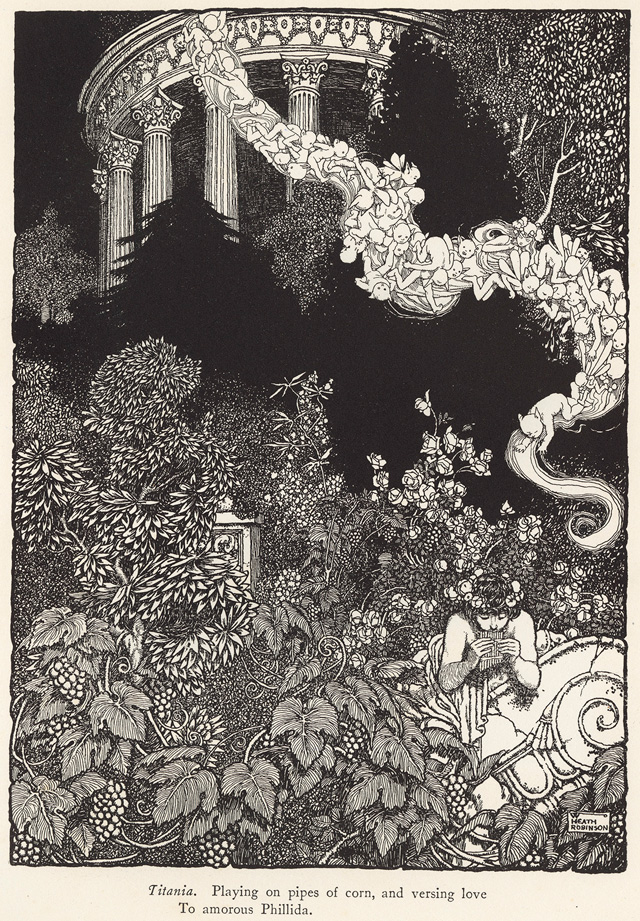

In this modern era, the sketches, both online and offline drawn diagrams, play a greater role in gaming, animation, architects, designers, and programmers to design their reference models. This significantly increases the complexity in recognizing the freehand sketches but has also increased the research on digitalizing the handwritten documents. Recognition of these freehand sketches is still challenging due to the nonuniform sketch patterns and noncompliance with rule books.

#Hand sketch portable#
The rapid emergence of portable touch screen gadgets and smartphones has also contributed significantly to the users to draw the hand-drawn sketches on their screens using their fingers. Apart from historical freehand sketches and writings, today’s digital era has paved the way for developing applications to follow freehand writing and sketching experience for the users. This challenge forms the fundamental process of digitalization. However, the main challenge lies in automatically recognizing these freehand contents in a machine such as computer. These applications are merely focussed on processing the images or photographs of such handwritten documents and sketches. Digitalization of these handwritten documents has gained considerable research interest for historical documentation applications. Recent years have seen many works initiated to capture and recognize the handwritten documents including the hand-drawn sketches. Many remains of this communication are still found in cave arts and pictograms which are widely considered as a benchmark to study the development of civilizations. Sketches are the basic form of communication that has been prevalent from the ancient human civilizations since the prehistoric periods.


IntroductionĬommunications between humans have been performed in many modes over the generations. Through the experiments, the performance of the proposed SKETRACK scheme is evaluated on three domains of databases and the results are compared with the state-of-the-art methods to validate its superior efficiency. This proposed recognition model is suitable for simpler structures such as flowcharts, finite automata, and the logic circuit diagrams. Structural analysis is performed with lion-based task optimization for recognizing the symbol candidates to form the final diagram representations. Then, the symbol recognition is performed using modified support vector machine (MSVM) classifier in which a hybrid kernel function with a lion optimized tuning parameter of SVM is utilized. The strokes are clustered using the spectral clustering algorithm based on p-distance and Euclidean distance to compute the similarity between the features and minimize the feature dimensionality by grouping similar features. Then, the features are extracted to model different structural variations of the strokes that are categorized into the arrows/lines and the symbols for effective processing. The proposed scheme utilizes the concepts of normalization and segmentation to isolate the text from the sketches. The fundamental parts of this model are text separation, symbol segmentation, feature extraction, classification, and structural analysis. This paper focuses on the design and development of a new, efficient stroke-based online hand-drawn sketch recognition scheme named SKETRACK for hand-drawn arrow diagrams and digital logic circuit diagrams. However, the online recognition of hand-drawn diagrams is an enduring challenge in human-computer interaction due to the complexity in extracting and recognizing the visual objects reliably from a continuous stroke stream. Digitalization of handwritten documents has created a greater need for accurate online recognition of hand-drawn sketches.


 0 kommentar(er)
0 kommentar(er)
